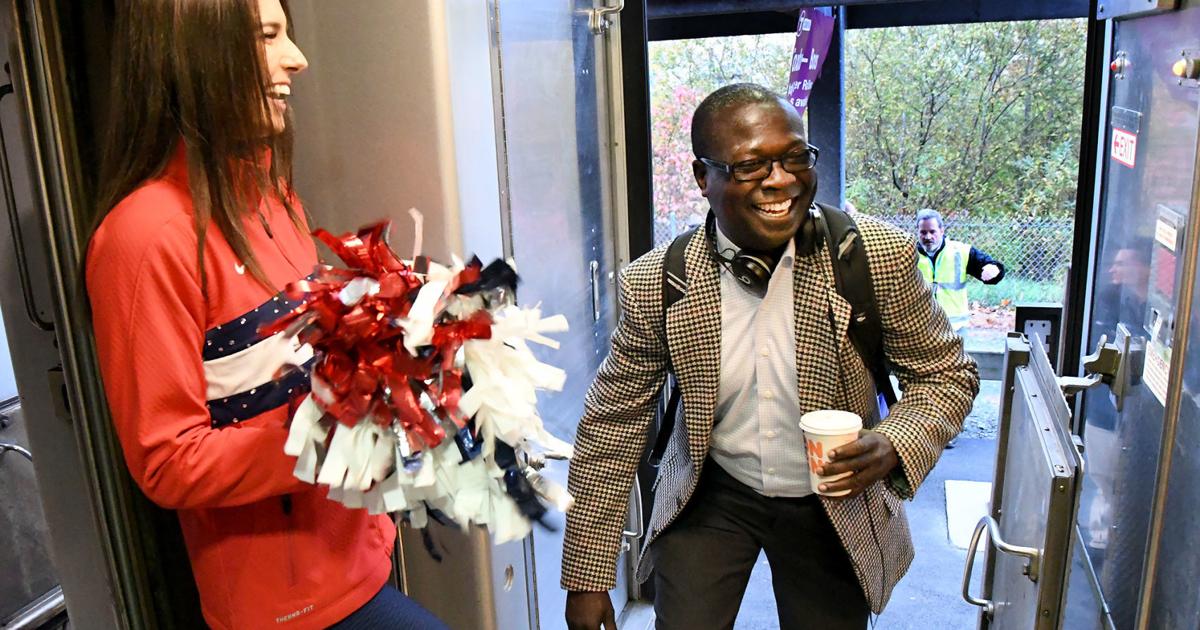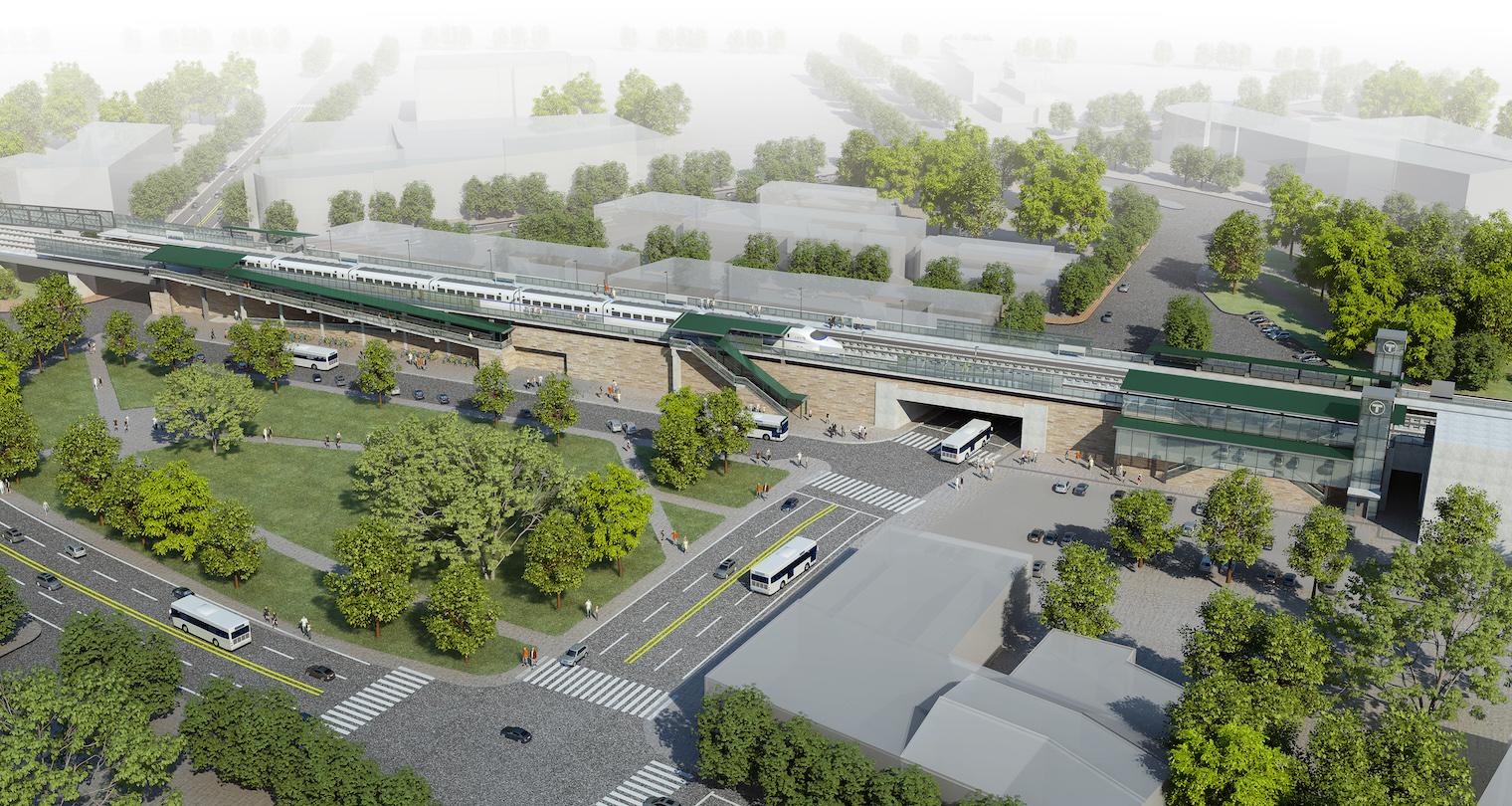See my post in the thread dedicated to it. I go over a before and after schedule for the Franklin Line. TL;DR is that the inner portions of the line maintain peak hour service at most major stations, and some see a very minor increase. Outer line sees a small net decrease in peak hour service, especially Walpole itself. As far as I can tell it really is mostly just extending a few Fairmount Line trains outwards, but I couldn't find a before schedule for that line. The decrease in service comes from originating a few trains at Foxboro instead of Forge Park/sending a few trains to Foxboro instead of Forge Park. The reality is a bit more complicated than that, but I was just looking at "How many trains are there in peak direction at peak time."
And I agree that day-one ridership is not significantly important here. What is important is that the pilot shows demand, and the Franklin Line can get the infrastructure it needs to really pump the frequency on all parts and the Fairmount can get an extension while not seeing any decrease in service.

www.thesunchronicle.com

